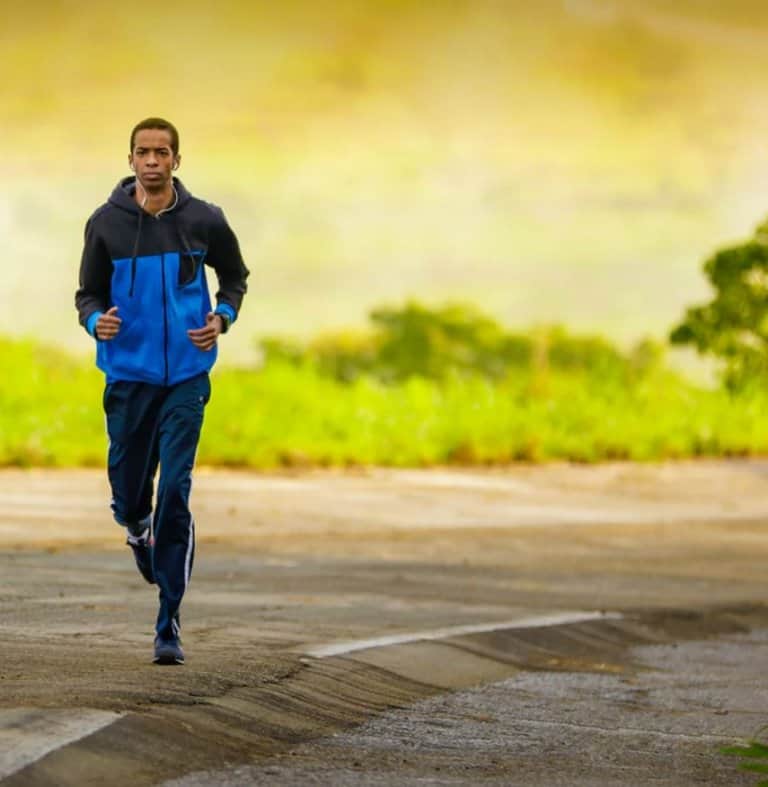Running Can Be Physical Education For Homeschoolers

Physical Education for Homeschool Children
Physical Education is an important part of a homeschool curriculum. Parents, you don’t have to look far to find a local sports team for your child to join. Team sports for children are often part of a YMCA, gym or homeschool group. Being part of a team, like a soccer or football team, provides an opportunity for your child to learn how to work together in a group, follow rules and compete as a team player.
However, what about the family who cannot afford for their children to participate in a team sport? YMCA memberships can be expensive.
What about the child who seems to be utterly lacking in athletic abilities? Children who fall into one or both groups still need to have physical exercise in their curriculum.
Big surprise coming… wait for it… Parents who want to incorporate something easy and natural for physical education can encourage what a child does ‘instinctively.’
(Most) Children naturally walk and run.
Neither walking nor running require a child to possess great skill, height or strength. A child might not run quickly or for long distances, but they do not have to compete against anyone but themselves.

This simple fact can be encouraging to your child and lift his or her self-esteem.
Another great benefit of running is that some children find success because they are able to set and reach their own goals.
Of course, running does not require very much financial investment. Good running shoes are by far the biggest, and potentially only, cost. If you want to compare the monthly expense of karate or gymnastics classes, the cost is miniscule. Shirts and shorts do not have to be expensive, and typically children have clothing they are able to wear.
Definitely, at least in the beginning, run with your children, especially younger ones. This isn’t just for safety, or for monitoring them. When parents run with their child, the doors of communication tend to fly open. These lines of communication will extend beyond childhood and into the teenage years.
Running offers parents and children a time, with no interruptions. This is an opportunity for an exchange of words or understood silent bonding. These interchanges are often smoother because both parent and child are experiencing the same things, relating to each other and building trust. Mothers and fathers who run with their children are setting examples, showing their children that physical exercise and the relationship with their child is a priority.
Parents should take their children for a physical before beginning any exercise program and pay close attention to their child while running. Younger children tend to push themselves too hard and might overheat quickly.
This will sound pretty obvious, but watching the expression on a child's face will indicate their amount of excursion. If you begin to notice tension in your child’s face and shoulders, you should consider gently instructing your child to slow down.
Running should always be fun for children; after all, it is part of the childhood experience. If a child indicates they would like to participate in a race or reach a certain goal then preparations for more structured training can be made. Overall, running teaches patience, discipline, how to set goals and more importantly, that a child can achieve those goals.







Leave a Reply